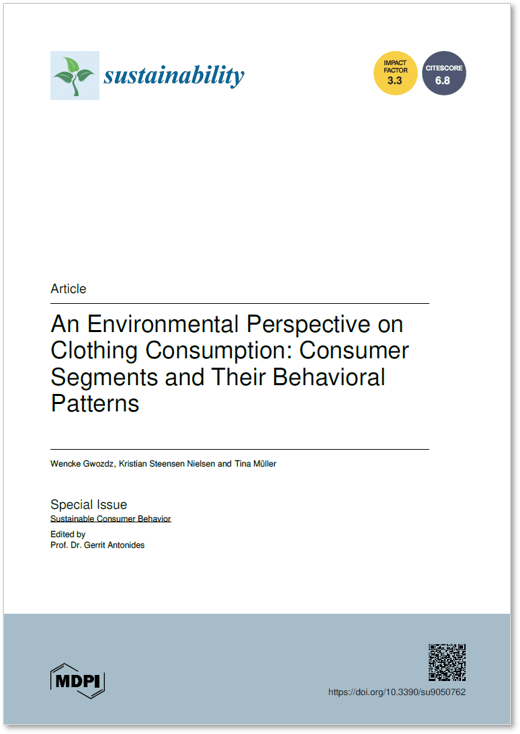The study investigates clothing consumption from an environmental standpoint by identifying consumer segments based on actual behavior across the clothing life cycle: purchase, use and maintenance, and disposal. The study is based on survey data from 4617 consumers across Germany, Poland, Sweden, and the U.S., offering broad insights into Western clothing habits.
Key Objectives & Methodology
The primary aim was to uncover clothing consumption patterns relevant to environmental sustainability. The authors conducted a cluster analysis to segment consumers based on purchasing behavior — such as volume, price point, acquisition method, and material type — rather than sociodemographic data. The analysis yielded five distinct consumer segments, each with unique consumption characteristics and environmental implications.
Technologies and Innovation Aspects
Although the article does not focus on specific technological innovations, it discusses alternative business models and materials that can be seen as innovations in sustainable consumption:
-
Environmentally friendly materials: Organic cotton, recycled fabrics, second-hand clothing.
-
Alternative acquisition models: Fashion libraries, leasing, swapping, online resale platforms, in-store repairs, and incentivized take-back programs.
Notably, Segments 4 and 5 (medium- and high-consumption of casual/medium and premium brands) showed the greatest openness to these innovations, particularly:
-
A willingness to pay ~11% more for jeans made of organic material.
-
Prior use and future interest in clothing libraries and rental services.
This underlines a link between eco-conscious behavior and openness to innovative models in fashion — but only among high-spending consumer groups.
Key Results
The segmentation revealed stark behavioral contrasts:
-
Segment 1 (Low consumption – Budget brands): Largest group (~43%), least open to innovation, strong focus on functionality and low price, often buying second-hand.
-
Segment 5 (High consumption – Premium brands): Smallest group (2.5%), highest clothing volume and spending, but also most engaged with environmentally friendly behaviors and alternative business models.
-
Segment 3 (Medium consumption – Budget brands): Representative of fast fashion behavior, high consumption of low-quality garments, with significant environmental impact potential.
Across all segments, conventional materials still dominate, with organic and recycled materials representing only ~25% of purchases. Most consumers are not willing to pay more for sustainable materials, highlighting a major challenge in scaling sustainable consumption.
Environmental Impact by Consumption Phase
-
Purchase Phase: Primary environmental burden, with high water and energy use in textile production. Consumer decisions about quantity and material significantly affect this phase.
-
Use and Maintenance: Minimal variation between segments; most consumers wash clothes at ~40°C, rarely use eco-detergents, and around 30% use energy-intensive dryers.
-
Disposal: 70% of clothes are given a second life (e.g., donation, recycling), but around 30% are either downcycled or trashed — especially t-shirts.
Surprisingly, premium consumers do not necessarily reuse clothes more, despite higher spending.
Behavioral Change Strategies
The authors recommend segment-specific intervention strategies:
-
Segment 1 should be guided toward enhanced second-hand use, as reducing their already-low consumption is unrealistic.
-
Segment 3 should be targeted with campaigns on “consuming less” and awareness about the environmental footprint of fast fashion.
-
Segments 4 & 5 can adopt both “consume less” and “consume differently” strategies due to higher financial capacity and interest in sustainability.
Overall, the report highlights that consumer behavior is a key lever in reducing fashion’s environmental footprint and emphasizes tailored behavioral strategies to influence different consumer groups effectively.

